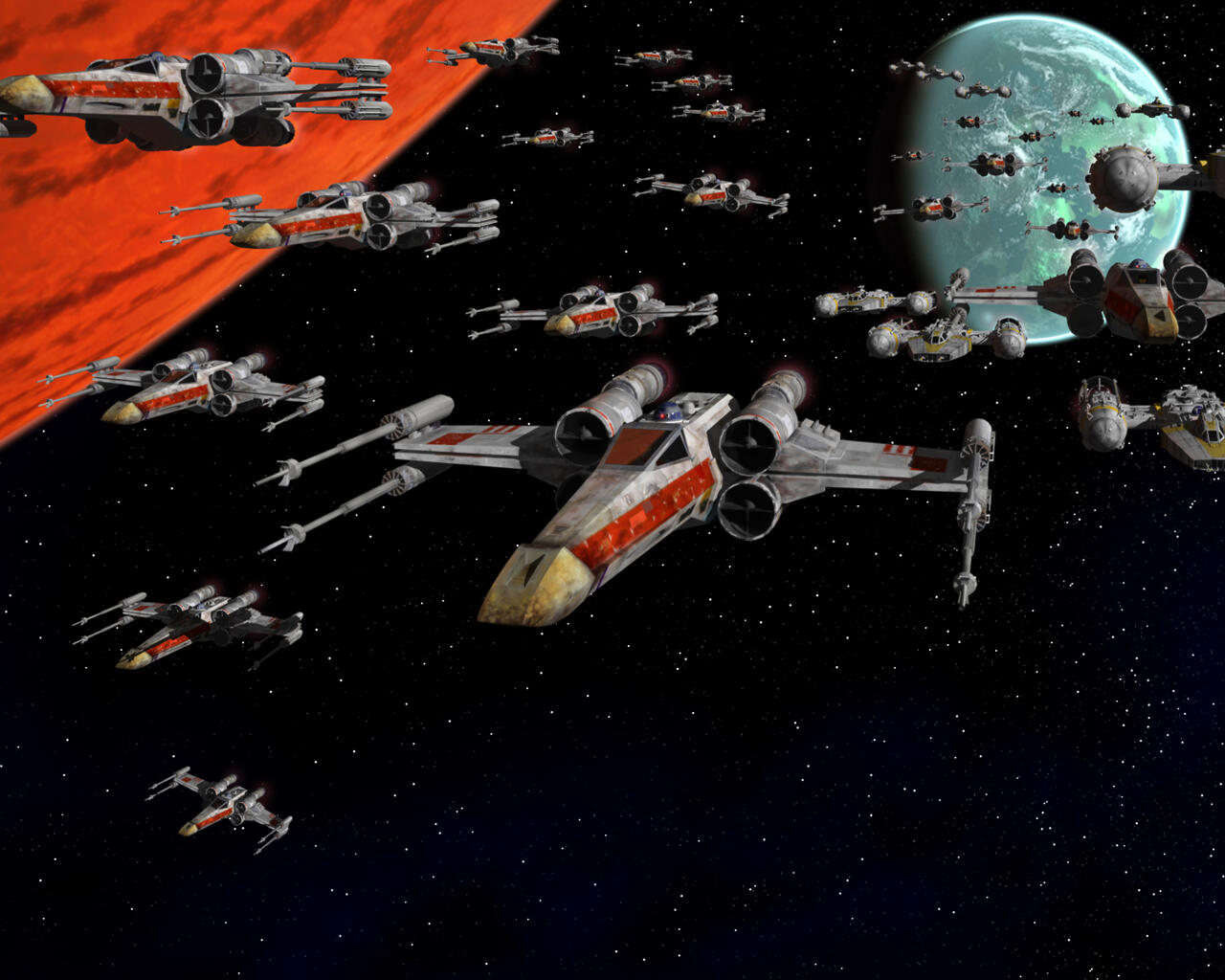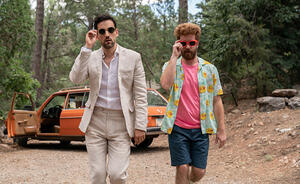
Hollywood tends to ignore the science of space travel in favor of drama, so it's always fascinating to see which films adhere to fact and which head straight into fiction. With Interstellar about to hit theaters, let’s take a quick journey across the cosmos as we explore the most and least scientifically accurate space movies.
Star Wars (1977)
It's easy to forgive Star Wars for being the least realistic space movie ever. First, it's Star Wars and everyone loves Star Wars! However, the truth is that the film is more fantasy than science fiction, and it feels absolutely zero obligation to be truthful to the harsh realities of outer space. In George Lucas' galaxy, all ships handle like airplanes on a world with gravity, and people can survive on asteroids with a tiny oxygen mask. It's more Lord of the Rings than NASA!
Armageddon (1998)
Director Michael Bay is very interested in big, cool action and even bigger emotions, so it makes sense that the journey to destroy a massive asteroid before it hits earth makes, well, little actual sense. Every scientist will roll their eyes at the plan to split the asteroid in two with a nuclear weapon, but they'll do it with a smile on their face. Just don't ask about the logic behind "Space Madness."
Star Trek (2009)
The original Star Trek television series may have inspired a whole bunch of people to become scientists and engineers, but the actual science at the core of the Enterprise is a little spotty. Sure, creator Gene Roddenberry and his collaborators may have created countless pages of technical notes for their fictional starship, but ultimately this is still very much a space opera, albeit a space opera that seems a little smarter than most. But hey, at least you feel like you're learning something!
Alien (1979)
Aside from the acid-spewing Xenomorph, Ridley Scott's Alien actually gets a lot right about theoretical space travel. The freighter ship Nostromo is massive and ungainly, because you wouldn't need anything slick or aerodynamic when traveling into deep space. The cramped, dark interior also feels more like something out of the International Space Station than your typical movie spaceship. Even the method of travel, with the crew frozen in hypersleep, is part of NASA's grand plan to send astronauts to distant planets.
Serenity (2005)
When it comes to surprising space realism in otherwise pulpy science fiction, Joss Whedon's beloved TV show Firefly and its film spin-off, Serenity, have them all beat. Sure, the show may follow intergalactic outlaws who have all kinds of adventures across many planets, but space travel is depicted as being long, hard and completely silent. Yes, just like in real life, the spaceships in Serenity don't make any noise in the icy void of outer space. It's these little, scientifically accurate touches that help keep Whedon's 'Verse grounded.
Gravity (2013)
There are enough inaccuracies with Gravity to drive renowned physicists to pen entire blogs on the film, but when compared to so many other Hollywood productions, it's practically a science textbook. Taking place entirely in Earth's orbit, the film evokes every possible danger that accompanies modern astronauts and transforms them into high-stakes drama.
Contact (1997)
You'd expect any movie based on the work of renowned astronomer and astrophysicist Carl Sagan to stick close to the facts and Robert Zemeckis' Contact does just that. Although it deals with concepts that are beyond our current reality, like using wormholes to meet aliens, the film is drenched with smart, theoretical science. Sure, other movies may depict a more wholly accurate vision of space travel, but Contact goes a step further and dramatizes what many scientists think is possible. That's pretty wild.
2001: A Space Odyssey (1968)
How crazy is it that 2001: A Space Odyssey came out a year before the moon landing and yet, somehow, it is still the most realistic film ever made about space travel? It even has a realistic scene on the moon, shot before we had footage of people on the moon! Director Stanley Kubrick and original author Arthur C. Clarke use scientific fact and theory at every juncture in the story, from the rotating spaceship (to create artificial gravity!) to the silent, stillness of space itself.
















